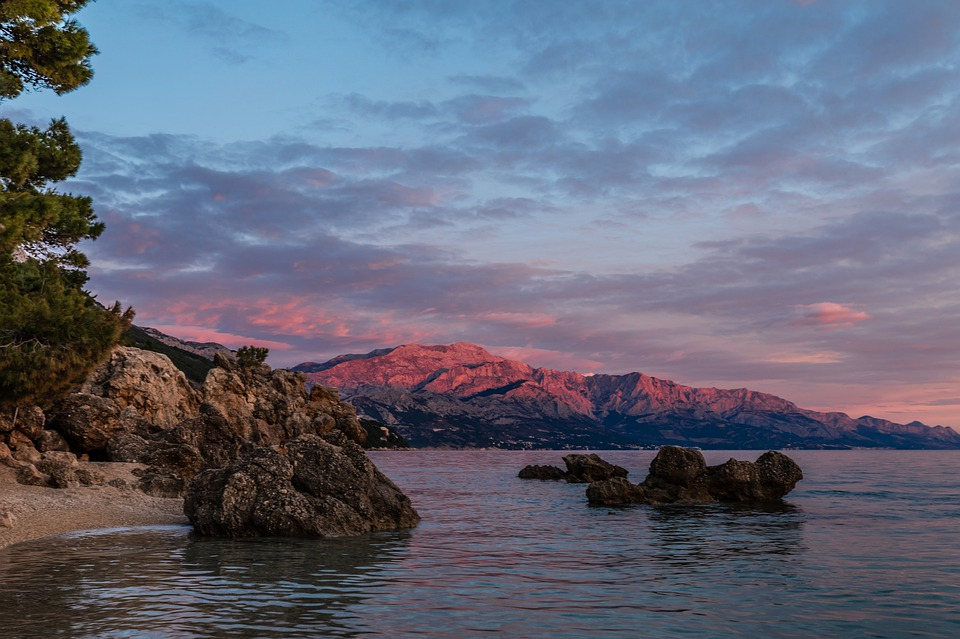As Morski/Gordana Igrec writes, Dalmatian-Venetian relations used to be extremely complicated in the past, with trade issues and jealousy when it came to the former Dubrovnik Republic, which was once its own state, dominating. Their structure and relationship changed over time. Here are some lesser known facts.
Back in 1553, the Venetian representative Giovanni Battista Gistuiniani, when travelling through Dalmatia, wrote the following for Sibenik: ”the costumes of the inhabitants, their speech and their customs… everything is Croatian. All of the women dress in a Croatian style and almost none of them can speak Italian!”
For Trogir, he wrote: ”the population of this city lives according to Croatian customs. It’s true that some of them dress in the Italian way, but these examples are rare. Everyone can speak Italian, but they still speak Croatian in their homes, and that’s because of the women, because few of them understand Italian, and if they do understand it, they won’t speak any language other than their mother tongue. The nuns in Sibenik, as well as others across Dalmatia, speak only in Croatian.”
When Venice took over Dalmatian cities, it didn’t allow the clergy access to the great noble council, nor to the popular assemblies. (According to today’s interpretation of that decision, the clergy had no influence on public and political life at the time.)
Back in the 15th century, there were bloody conflicts between nobles and commoners in Split, Trogir, Hvar and Sibenik.
There were no serfs in Dalmatia for the Venetian authorities! People were divided into nobles and commoners. Back in the 16th century, the bourgeoisie began to form in some Dalmatian cities.
Venice dealt Dalmatia the hardest blow when on January the 15th, 1452, its Government ordered that all merchandise in Dalmatia must be exported only to Venice and to no other place.
Even before the arrival and subsequent takeover of the Venetian Government, Dalmatian cities almost all had public schools.
In 1848, Emperor Ferdinand issued a patent granting freedom of the press, determined the National Guard and the convocation of deputies of the provincial estates so that all of them together could draft the Constitution which he had determined. Dalmatian intellectuals then enthusiastically accepted the idea of the Habsburg emperor.
While the continental Croatian city of Varazdin, far from Dalmatia, was under the Habsburg monarchy, the capital of Croatia sought the accession of Dalmatia to Croatia, because it once belonged to it. A similar law was passed by the City of Zagreb on the same day, emphasising that: “Dalmatia belongs to Croatia by law, history and people.”
For more on Croatian history, check out our dedicated lifestyle section.









